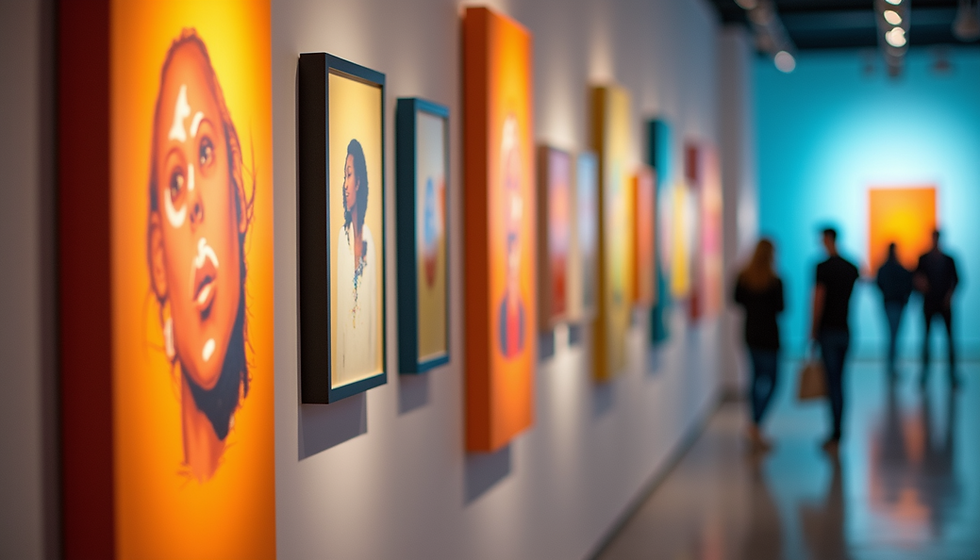My Artistic Approach to Life
- lauriewhitson28
- Jul 9
- 2 min read
I remember sitting by the window, watching the rain fall, feeling like my dreams were slipping away. My life wasn’t unfolding as I had imagined or planned, and I felt stuck. I know I’m not alone in feeling this way—have you ever felt like that too?
But one day, I decided I didn’t want to remain “stuck” indefinitely. My urge to utilize my creative abilities was too powerful to ignore. So, I chose to see the world differently—through the eyes of a child. Not in a “childlike” way, but with a sense of wonder and appreciation for the beauty around me.
I began to notice the first spring flower blossoming, the golden hues of a sunset, and the soft glow of a sunrise. These moments became my motivation to reconnect with my creativity. I started to see inspiration everywhere, and soon, ideas began to take shape.
Step 1: Finding Inspiration
Inspiration often comes to me in the most unexpected ways. A lot of my ideas originate from my dreams, so I make it a habit to jot down the ones I find memorable. I also draw inspiration from the world around me—like the majestic tree that looks like it’s auditioning for a nature documentary or the pigeon strutting down the sidewalk like it owns the place. These little gems fuel my imagination.
Step 2: Conceptualizing Ideas
With inspiration in hand, I begin to conceptualize. I ask myself: What story do I want to tell? What emotions do I want to evoke? I sketch out rough ideas, letting my thoughts flow freely. This stage is all about exploration and letting creativity take the lead.
Step 3: Planning the Project
Next, I move on to planning. I gather my materials and decide on the medium and surface I’ll work with. Will it be watercolor on paper, acrylic on canvas, or something entirely different? This step is like setting the stage for a performance—it’s all about preparation.
Step 4: Creating the Artwork
As I start creating, I immerse myself in the process. I pause often to take breaks and critically assess my work. How can I enhance my technique? What message or mood am I aiming to express? If something feels off, I flip the piece upside down or hold it up to a mirror to gain a fresh perspective. These small adjustments often lead to big breakthroughs.
Step 5: Reflecting and Learning
Once the piece is complete, I take time to reflect. What worked well? What could I improve? Each project teaches me something new, and I carry those lessons into my next creation.
A Note for Fellow Creatives
Whenever you feel creatively stuck, try observing the beauty around you. It could be the way sunlight filters through the trees or the quirky antics of a squirrel in the park. Infuse these moments into your art! And if nothing else, you’ll have some funny stories to tell when your art looks like a confused squirrel trying to paint a masterpiece.
Good luck, and may your creativity flow like coffee on a Monday morning. Just as I found my way back to creativity, I hope you too can discover the beauty and inspiration that surrounds you every day.


Comments